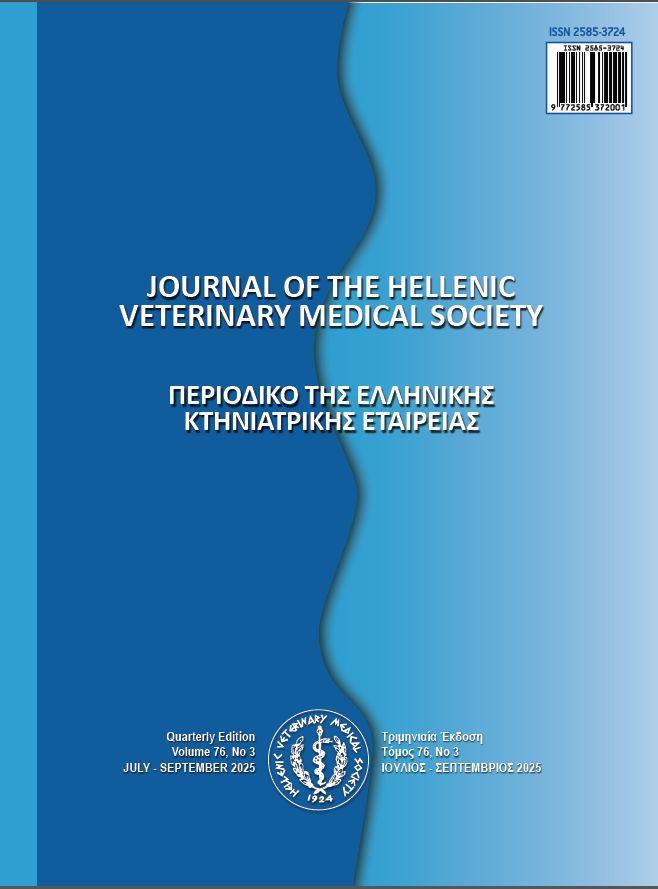In-vitro evaluation of probiotic properties of some Bacillus strains isolated from catfish in Makurdi, Nigeria

Abstract
This study was designed to evaluate potential probiotic bacteria isolated from indigenous freshwater catfish (Clarias anguillaris) for productive performance and health status of catfish. The potential probiotic bacteria (Bacillus species) were isolated and identified from the skin and intestine of catfish (C. anguillaris) using standard procedures. The identified identified Bacillus species were screened for probiotic properties such as antagonistic (inhibitory) properties, bacteriocin production ability, pH and bile tolerance, amylolytic; protease and lipolytic activities and virulence tests were performed using standard procedures. Successful bacteria were molecularly characterized using polymerase chain reaction (PCR) and sequenced for definitive identification. Species with DNA sequences that matched closely with typed probiotics from National Center for Bioinformatics (NCBI) data base were picked as potential probiotic bacteria. Ninety (90) and eighty-six (86) bacterial species from skin and intestine respectively were recorded. Five (5) and eleven (11) Bacillus species from skin and intestine respectively were subjected for screening for probiotic potentials. All the Bacillus species isolated, characterized in this study showed positive response to the probiotic properties as potential probiotic bacteria. All the Bacillus species inhibited more than 1 indicator organism with minimum of 11 mm diameter zone of inhibition (DZI) during antagonistic test and all possess potentials of bacteriocin production except Bsp4 and Bsp7.
Article Details
- How to Cite
-
Kolndadacha, O., Abonyi, F., Omeje, V., Eze, D., & Ezema, C. (2025). In-vitro evaluation of probiotic properties of some Bacillus strains isolated from catfish in Makurdi, Nigeria. Journal of the Hellenic Veterinary Medical Society, 76(3), 9577–9590. https://doi.org/10.12681/jhvms.39217
- Issue
- Vol. 76 No. 3 (2025)
- Section
- Research Articles

This work is licensed under a Creative Commons Attribution-NonCommercial 4.0 International License.
Authors who publish with this journal agree to the following terms:
· Authors retain copyright and grant the journal right of first publication with the work simultaneously licensed under a Creative Commons Attribution Non-Commercial License that allows others to share the work with an acknowledgement of the work's authorship and initial publication in this journal.
· Authors are able to enter into separate, additional contractual arrangements for the non-exclusive distribution of the journal's published version of the work (e.g. post it to an institutional repository or publish it in a book), with an acknowledgement of its initial publication in this journal.
· Authors are permitted and encouraged to post their work online (preferably in institutional repositories or on their website) prior to and during the submission process, as it can lead to productive exchanges, as well as earlier and greater citation of published work.


